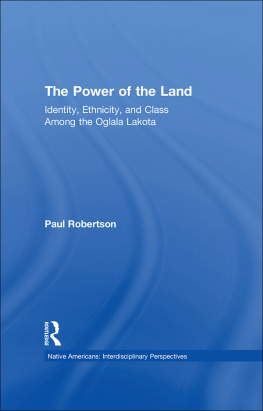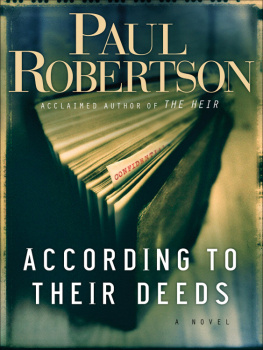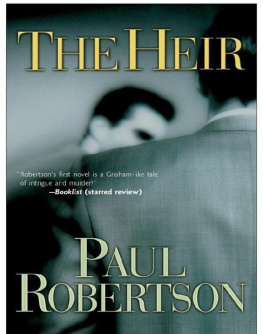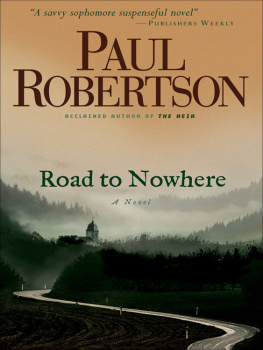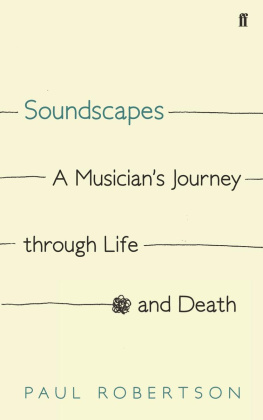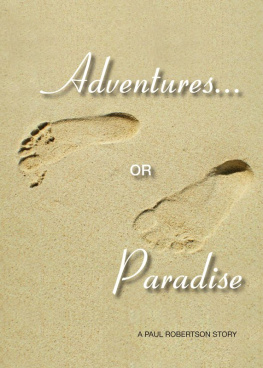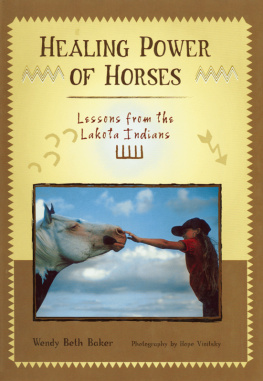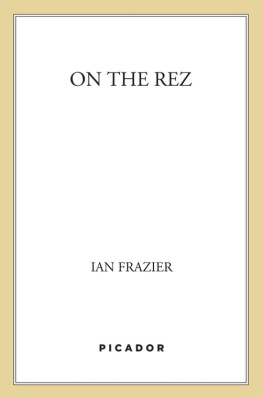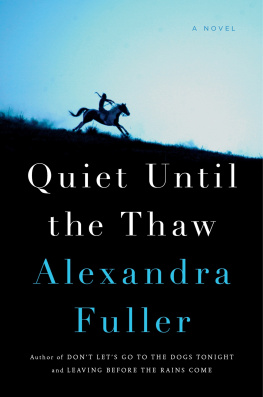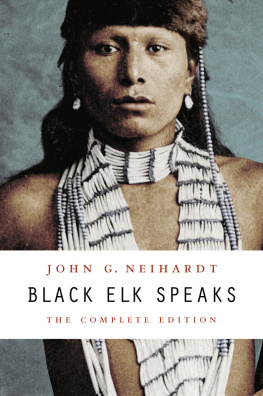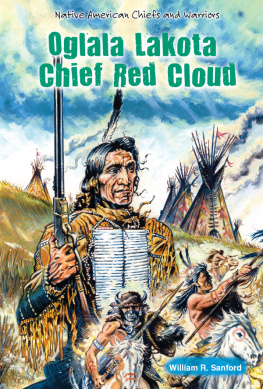Published in 2002 by
Routledge
29 West 35th Street
New York, NY 10001
Published in Great Britain by
Routledge
11 New Fetter Lane
London EC4P 4EE
Routledge is an imprint of the Taylor & Francis Group.
Copyright 2002 by Paul Robertson
All rights reserved. No part of this book may be reprinted or reproduced or utilized in any form or by any electronic, mechanical, or other means, now known or hereafter invented, including photocopying and recording, or in any information storage or retrieval system, without written permission from the publishers.
10 9 8 7 6 5 4 3 2 1
Library of Congress Cataloging-in-Publication Data
Robertson, Paul (Paul M.), 1944-
The power of the land: identity, ethnicity, and class among the Oglala Lakota / Paul Robertson.
p. cm. (Native Americans)
Includes bibliographical references and index.
ISBN 0-8153-3591-1
1. Oglala IndiansEthnic identity. 2. Oglala IndiansLand tenure. 3. Oglala IndiansGovernment relations. 4. Land tenureGovernment policySouth DakotaPine Ridge Indian Reservation. 5. Pine Ridge Indian Reservation (S.D.)History. I. Title. II. Series.
E99.03 R63 2001
978'.0049752dc21
2001034875
The overriding theme of this study is the land and conflicts that have swirled around it for the past 130 years of Oglala history. My interest in the land, particularly in what the Oglala Lakota people generally refer to as their land base, was piqued shortly after I arrived on Pine Ridge Indian Reservation in 1980. Particularly striking was the divergence in elders stories about earlier uses of the land and some of the accounts of historians and anthropologists. Elders spoke of a time when the people had control of the land and were able to use it toward a measure of self-sufficiency in the colonial context of the reservation while some written accounts had the Oglala settling back to live on the government dole. The late Severt Young Bear, Sr. told stories of hardship and deprivation, but also of peoples ingenuity in dealing with those circumstances. Oglala elder, and former Oglala Sioux Tribal President Johnson Holy Rock, spoke of a viable economy centered around grazing in the early reservation years, and emphasized that the people knew how to get a good bargain when they did business with merchants in nearby border towns.
This study started off as an attempt to weigh in on the different interpretations of Oglala land tenure but those concerns led directly to questions about the development of the colonial situation on the reservation. What were the factors that denied the majority of Oglala people access to their own land? What was the role of the U.S. governments colonial administration? What was the role of the market, of the integration of the reservation and the Oglala people into the broader economic system? Did those factors relate to internal differentiation? How had mixed blood and full blood differences become so important among the Oglala when they were less so in some other reservations? People regularly invoked such differences to explain political and economic conflicts and differences. How had those differences developed and why had they become such integral parts of the explanations people gave for their history? By providing some answers to questions like those this study provides a vantage point on the development of the colonial situation on Pine Ridge Indian Reservation during the past 120 years.
There are many people I want to thank for the knowledge they have shared and for the guidance and support they have extended me during the course of this study. Among them are the late Severt Young Bear, Sr. and his wife Myrna White Face Young Bear. We spent many late nights talking about reservation history and the legacy of colonial control. I want to thank Lakota historian Robert Gay, Denny Pilcher, George Iron Cloud, Steven Red Elk, Louis Whirlwind Horse, James Bad Wound, Lucille Fire Thunder, and Royal Bull Bear, all of whom have passed on to the spirit world. I particularly want to acknowledge Johnson Holy Rock, Gerald One Feather, Guy White Thunder, and Oliver Red Cloud, who were patient enough to talk with me and with whom I have been fortunate enough to work alongside of on different issues over the years. I also want to thank Mary White Thunder, JoAnn Tall, George Tall, Doris Respects Nothing, Woodrow Respects Nothing, Alberta Iron Cloud-Miller, Jim Miller, Emily Iron Cloud-Koenen and Bill Koenen, Debbie and Alex White Plume, Calvin Jumping Bull, Billy Quijas, Shirley Murphy, Cordelia and Charlie White Elk, Cecelia Fire Thunder, Marie Randall, Francis and Freda Apple, Edward Starr, Lucille Bull Bear, Manuel Iron Cloud, Bluch Fire Thunder, Leona Young Bull Bear, Anthony Black Feather, Ardis Iron Cloud Hamilton, Wendell Yellow Bull, Bennett Tuffy Sierra, Selo Black Crow, Ted Means, Leta Hare, and Russell Loud Hawk.
Nancy Owens, Colin Greer, Richmond Clow, Reginald Witherspoon, Molly Lynn Watt, and the late Alfonso Ortiz were my graduate committee at Union Institute. They provided critical guidance, editorial assistance, and much useful commentary on the earlier version of this study that was my doctoral dissertation. For similar support, and for inspiration to persevere, I want to thank my long time colleagues from Oglala Lakota College, the late Jeanne Smith and her husband Dowell Caselli-Smith. George Salzmans enthusiasm for telling this story, and his contagious commitment to social justice have been inspirational. Samuel Saunders and John Bandy graciously provided useful comments on one of the chapters. Ted Hamilton and Edward Buzz Iron Cloud Ills discussions over coffee were very helpful, as was Jeff Iron Clouds quiet support.
I was fortunate to be able to do archival work at the National Archives in Kansas City, Missouri, and in Washington D.C. Alan Perry, who spent eight years organizing the Pine Ridge Collection in Kansas City, was very gracious and helpful. My stay in Kansas City would not have been possible without the support of Elliot Moore and his wife Virginia Moore, and I owe them a sincere debt of thanks. I also want to thank Fred Hoxie of the Newberry Library, who was kind enough to read an early draft outline of this study and to give me some sound advice that I have tried to follow. While I was at the Newberry, I was also fortunate to meet Henry Dobyns and he was kind enough to read that early draft and comment on it. John Aubrey was very helpful. He patiently explained the rich collection at the Newberry, and took pains to point me in helpful directions. Julie Lakota, archivist at Oglala Lakota College, provided useful assistance and suggestions.
I would have been hard pressed to complete this project without the support of the United Negro College Fund/Carnegie Mellon Foundation. I am very grateful for their grant, which enabled me to take a years leave from my teaching post at Oglala Lakota College.

